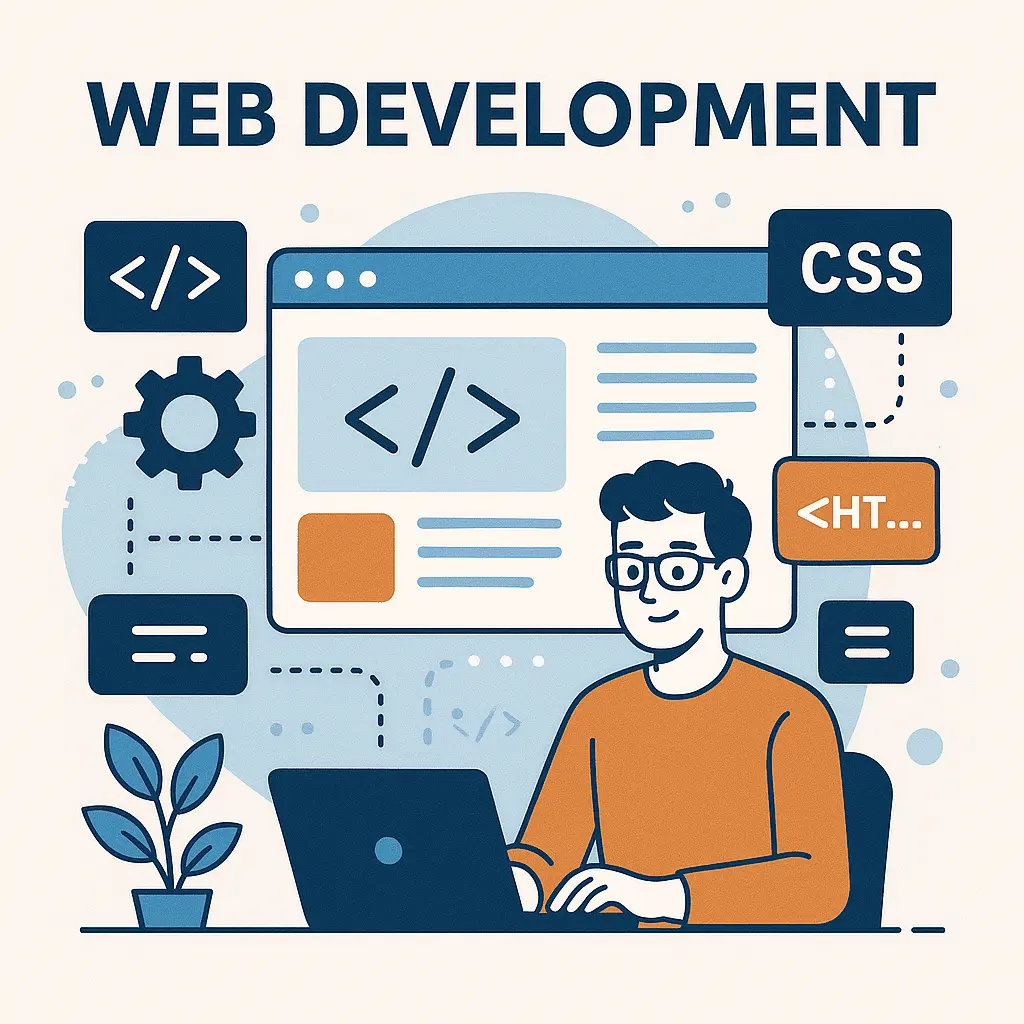What’s Next in Web Design: 10 Trends to Watch in 2026
As we head deeper into the next digital era, web design continues to evolve rapidly. The trends shaping 2026 reflect shifts in technology, user expectations, accessibility, and aesthetics. Here’s what to watch—and consider implementing—in your upcoming web projects.
1. AI‑Driven Personalization & Smart Components
Websites will increasingly tailor experiences in real time based on user behavior, preferences, and context. Dynamic content, layout shifts, and component-level adaptations driven by AI will become standard.
Smart UI modules will adjust on the fly to user needs—without needing full page reloads.
2. Voice & Conversational Interfaces
Voice navigation, chat assistants, and conversational UI elements will be more deeply integrated into website design.
Expect voice commands to influence navigation, search, and content delivery—not just as add-ons, but core functionality.
3. Immersive 3D & WebGL Experiences
3D elements, product demos, interactive scenes, and immersive visuals will be more common—especially in e‑commerce, portfolios, and storytelling sites.
WebGL, three.js, and robust browser support make it more practical than ever to blend 2D layouts with depth, motion, and interactivity.
4. Adaptive, Mood‑Based Color Palettes
Rather than static dark/light themes, sites will begin shifting palettes based on environment, time of day, or user preference.
Mood-adaptive UIs—calming for focus, vibrant for action—will influence visual tone and readability across usage contexts.
5. Microinteractions & Feedback That Feels Alive
Small animations, responses, and feedback loops will become more expressive—but subtle. Buttons may bounce, fields may react, transitions may shift based on user flow.
These micro touches aim to make interfaces feel alive without becoming distracting.
6. Ethical Design & User Autonomy
Designers will lean away from dark patterns and push toward user-centric control.
Sites may offer adjustable contrast, motion settings, simplified mode, and accessibility preferences saved per user.
7. Eco‑Friendly Web Design / Sustainable Practices
Designers will optimize for energy, performance, and resource usage.
This means leaner code, compressed assets, efficient animations, and hosting with low-carbon or green credentials. Efficiency becomes part of brand value.
8. Modular & Component‑First Systems
Design systems and modular structures will solidify. Building blocks rather than full-page mocks will dominate.
This boosts consistency, scalability, and speed in development and iteration.
9. Low‑Code & No‑Code Integration with Custom UX
Low-code and no-code tools are evolving so they can better support unique, high-quality experiences.
Designers will rely on hybrid workflows: custom code for uniqueness, low-code for speed and iteration.
10. Proactive Accessibility & Inclusive Experiences
Accessibility will be baked in, not patched on.
Designs will allow users to control interaction patterns (motion, contrast, layout), and AI tools may help dynamically adjust to neurodiversity and user preferences.
Conclusion
2026’s web design trends aren’t about flashy gimmicks—they’re about smarter, more human, more sustainable interfaces. By staying ahead with personalization, ethics, interactivity, and modular systems, you can build websites that feel modern, inclusive, and future-ready.

